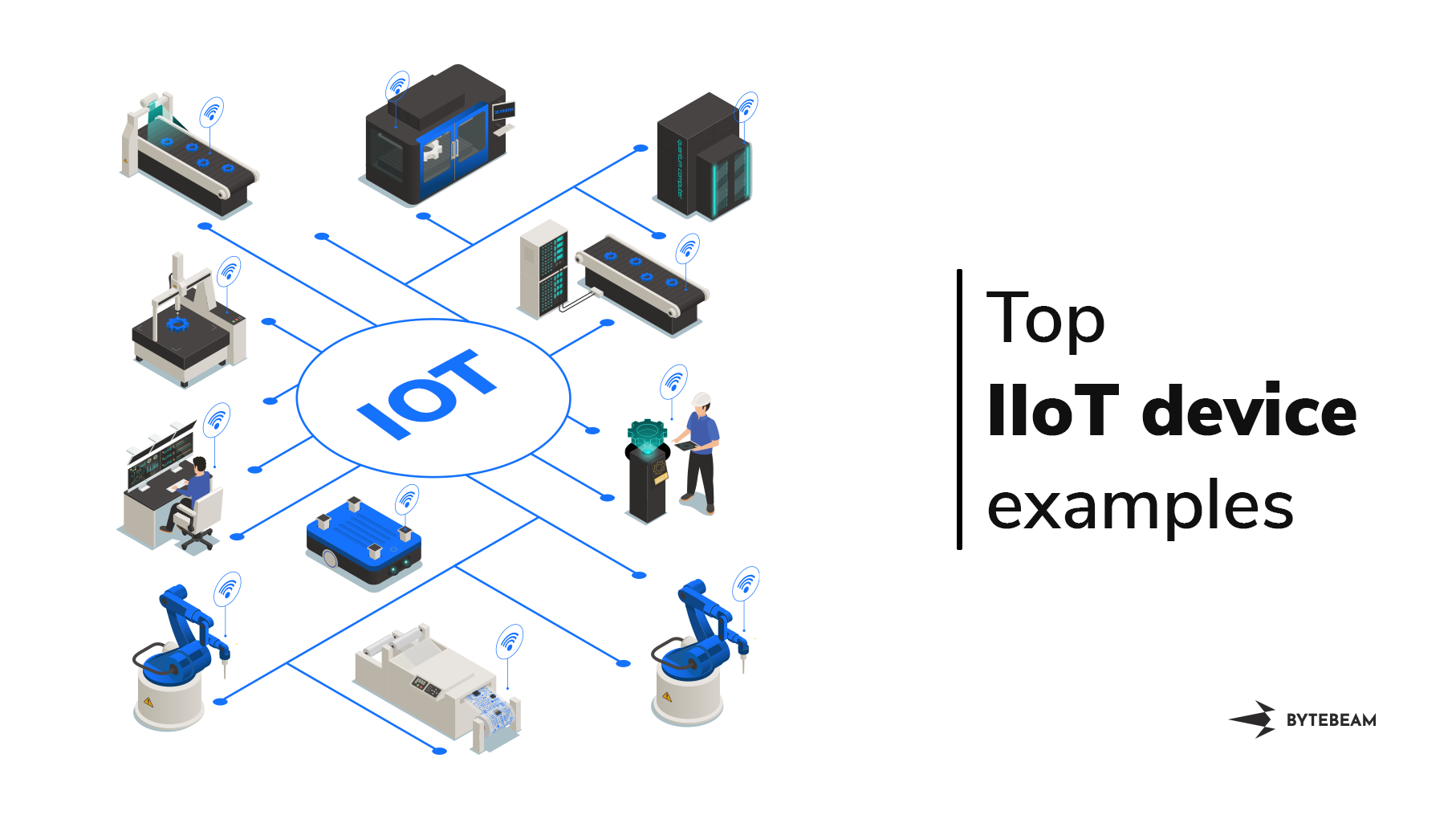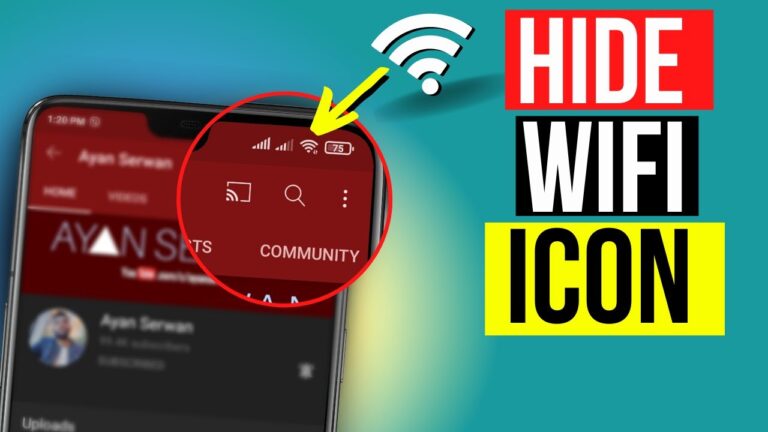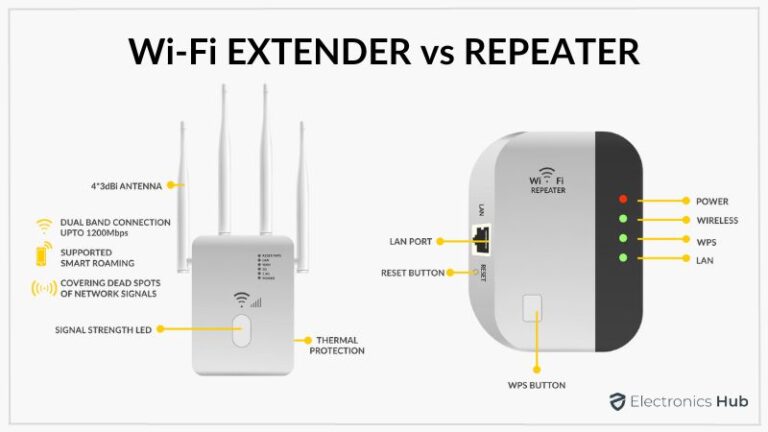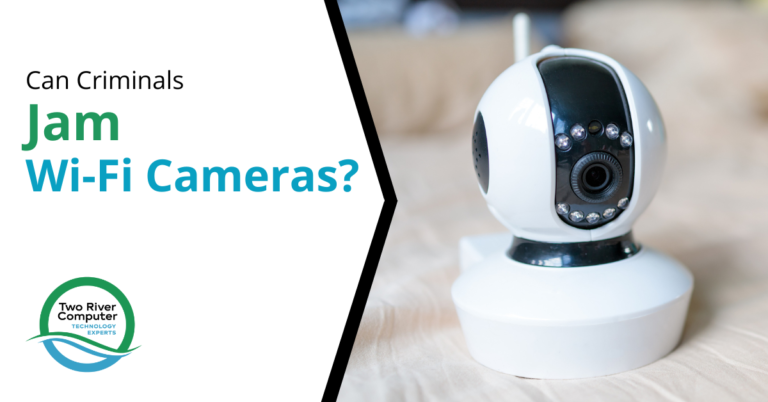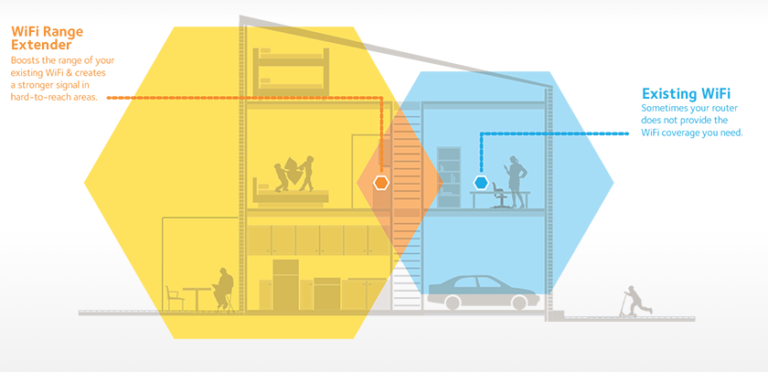What Are IoT Examples?
The Internet of Things (IoT) is a network of physical objects such as vehicles, appliances, and other items embedded with electronics, software, sensors, and network connectivity, which enable these objects to collect and exchange data. IoT examples include smart home devices, connected cars, industrial machines, medical devices, and wearables, among many others. IoT technology is transforming the way we live and work, and is anticipated to have a significant economic impact in the near future.
What is the Internet of Things (IoT)?
It’s a concept of interconnected devices that communicate with each other and share data. This technology can be used in a variety of different ways, and it’s becoming increasingly popular in everyday life. IoT examples range from simple home appliances like thermostats and coffee makers to more complex applications such as autonomous vehicles and smart homes. IoT devices can be connected to the internet, allowing them to be monitored and controlled remotely. This technology has made it easier for people to connect to devices and control them without being in the same room or even the same city. From healthcare to agriculture and manufacturing, IoT is making its way into many industries. Healthcare organizations are using IoT devices to monitor vitals and provide real-time patient care. IoT devices are also being used in agriculture to monitor soil conditions, weather, and crop health. In the manufacturing industry, IoT is being used to improve production processes, increase efficiency, and reduce costs. IoT technology is also being used to monitor energy consumption in homes and businesses. The possibilities with IoT are endless, and it looks like it will continue to be a major part of our lives in the future.
Advantages of the IoT
The Internet of Things (IoT) is a network of physical objects that communicate with each other through the internet. IoT is revolutionizing the way we live, work, and play, and it’s only just beginning. With IoT, everyday objects can now be connected to the internet and controlled remotely. This opens up a world of possibilities, from home automation to smart medical devices and beyond. In this article, we’ll explore some of the most common IoT examples and discuss the advantages of the IoT.
The potential of IoT is vast, and the possibilities are seemingly endless. Smart homes are one of the most common IoT examples, allowing users to control lights, appliances, and other features from their smartphones. Smart medical devices can monitor patient vitals in real-time, allowing doctors to respond quickly in the event of an emergency. Smart cities use sensors to monitor traffic, pollution, and other city metrics, allowing governments to better manage their cities.
The IoT can also help to reduce energy consumption and waste. By connecting everyday objects to the internet, we can reduce the amount of energy and resources used in everyday tasks. For example, smart sensors can monitor energy usage in a home or office, allowing users to adjust their energy usage accordingly. This can help to reduce energy costs, as well as reduce carbon emissions.
The IoT is also helping to create new jobs and industries. With the rise of the IoT, new roles such as data scientists and software engineers are needed to help design, develop, and implement connected solutions. Additionally, the IoT is creating new opportunities for entrepreneurs, with startups developing innovative products and services enabled by the IoT.
The IoT is still in its infancy, but it’s already having a huge impact on our world. By connecting everyday objects to the internet, the IoT is helping to streamline processes, reduce energy consumption, and create new job opportunities. The future of the IoT is bright, and its potential is seemingly limitless.
Types of IoT Solutions
IoT, or the Internet of Things, is a term used to refer to any device or system that is connected to the internet and can send and receive data. It includes everything from smart locks to connected cars, and from healthcare monitoring systems to smart refrigerators. With the number of connected devices growing rapidly, it’s important to understand the various types of IoT solutions that are available.
One of the most common types of IoT solutions are consumer products. Smart home devices, such as thermostats and voice assistants, are a great example of this category. They allow users to control their home environment, such as temperature and lighting, remotely. Smart appliances, such as refrigerators and washing machines, are another type of consumer IoT solution. They can be used to monitor energy usage and alert users when something needs attention.
Industrial IoT solutions are also becoming increasingly popular. These are used to help companies monitor and analyze their operations, from machinery to supply chains. This type of IoT solution can help companies become more efficient and reduce costs. Additionally, it can be used to detect potential problems and allow for preventative maintenance.
Finally, medical IoT solutions are becoming increasingly important in healthcare. These solutions are used to monitor patients remotely and provide data that can be used to make decisions about treatment. In addition, there are IoT solutions that can be used to track the location of medical equipment and personnel.
These are just a few of the types of IoT solutions that are available today. As technology continues to evolve, so too will the types of IoT solutions that are available. It’s important to stay informed about the latest developments so that you can make the most of your connected devices.
Examples of IoT Implementations in Everyday Life
The Internet of Things (IoT) is a network of interconnected devices that collect and exchange data, allowing for a range of automated and semi-automated tasks. From the connected home and office to automotive applications, IoT technology is transforming the way we interact with our environment.
Smart thermostats are a great example of IoT technology in action. By collecting data on temperature and humidity, these thermostats can adjust the temperature of a home or office automatically, providing optimal living and working conditions with minimal effort from the user. Smart lighting systems are another popular example, allowing users to control the brightness and color of their lights from their smartphone or tablet.
IoT technology is also being used in the automotive industry to create more efficient cars. Connected vehicles can provide real-time feedback on fuel consumption, maintenance needs, and driving behavior, which can help drivers save money and reduce their environmental impact. Smart cities are also leveraging IoT to optimize traffic flow, reduce energy consumption, and improve public safety.
IoT technology is making life easier and more efficient. From connected homes to smart cities, the possibilities of IoT are only limited by imagination. By leveraging the power of data and automation, IoT can help us create a better future.
Examples of IoT Implementations in Businesses
The Internet of Things (IoT) is a rapidly developing technology that is transforming how businesses operate. IoT is a network of connected devices, such as sensors, machines, and other physical objects, that are able to collect, analyze, and share data. IoT implementations provide businesses with the ability to automate tasks, increase efficiency, and optimize operations.
In the business world, IoT examples can range from simple applications such as automated lighting or temperature control, to more complex implementations such as factory automation or predictive maintenance. With the help of IoT, businesses can leverage machine learning algorithms to predict customer behavior, analyze large sets of data, and make decisions in real-time.
In the manufacturing sector, IoT can be used to optimize production processes, monitor equipment performance, and track product inventory. In the retail industry, IoT can be used to automate customer service tasks, monitor store traffic, and create personalized customer experiences. In the healthcare industry, IoT can be used to track medical equipment, monitor patient activity, and improve patient outcomes.
The potential for businesses to leverage IoT is vast, and the examples mentioned above represent just a few of the possibilities. With the right implementation, businesses can take advantage of the latest technology to stay ahead of the competition and create a better customer experience.
Security and Privacy Considerations with IoT
The Internet of Things (IoT) has become an integral part of our lives, with billions of connected devices now in use. But with the expansive growth of the IoT, there are also security and privacy concerns that we must address. From connected cars to home security systems to medical devices, IoT devices can collect and transmit sensitive data, making them a prime target for hackers. To ensure that our data remains secure, it is important to consider the security and privacy implications of any IoT device before using it.
To protect our data, IoT devices should use encryption protocols and authentication methods to prevent unauthorized access. Additionally, it is important to make sure that the data is transmitted securely over the network, either through a secure connection or a virtual private network (VPN). Furthermore, it is important to ensure that all data stored on the device is encrypted, and that backups of the data are kept in a secure location. Finally, it is important to be aware of the data the device is collecting and the potential risks associated with it.
Overall, security and privacy are an integral part of IoT, and must be taken into consideration when using any IoT device. By understanding the security and privacy implications of the device, users can ensure that their data remains secure and protected.
FAQs About the What Are IoT Examples?
Q1: What are some common Internet of Things (IoT) examples?
A1: Some common IoT examples include smart home devices such as thermostats, connected appliances, lighting systems, security systems, and wearables like smartwatches and fitness trackers.
Q2: Are IoT devices secure?
A2: IoT devices are inherently secure, but proper security measures should be taken when setting up and using connected devices. It is important to use strong passwords, avoid using default settings, and regularly update device software to ensure the highest levels of security.
Q3: What is the difference between IoT and the Internet of Everything (IoE)?
A3: The Internet of Things (IoT) is focused on connecting physical objects, such as devices and machines, to the Internet. The Internet of Everything (IoE) is a broader concept that includes the connection of physical objects, people, and processes to the Internet. IoE also includes data analysis and insights, which can help businesses make more informed decisions.
Conclusion
The Internet of Things (IoT) is a rapidly expanding network of connected devices that communicate with each other and exchange data. Examples of IoT technology can be found in a wide range of everyday items such as smart thermostats, home security systems, smart speakers, connected cars, and wearable fitness trackers. With the growth of the IoT, the possibilities of what can be connected to the internet and how it can be used to improve our lives are endless.
